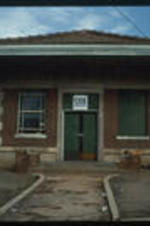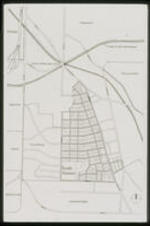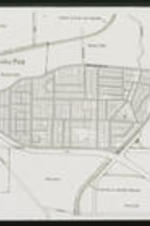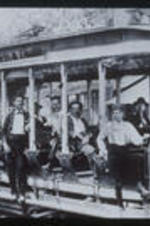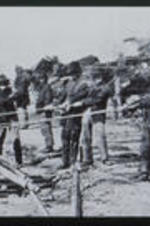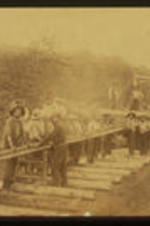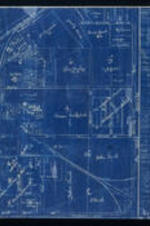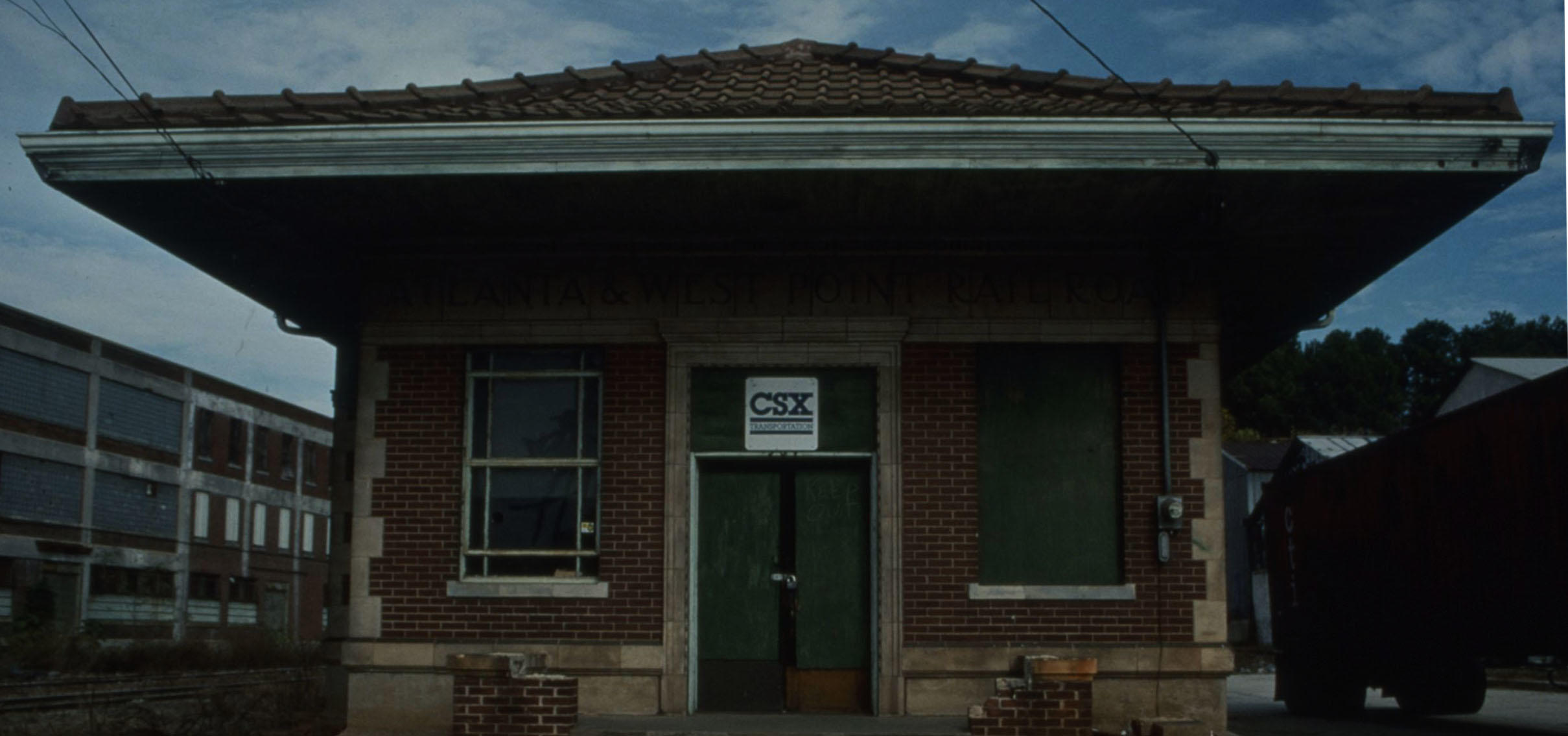
May 29, 2020
General Photographs Collection
The General Photograph collection, includes photographs documenting the African American experience. This collection is organized into two series: individuals and subjects, and consists of photographs of notable figures including, W.E.B. DuBois and his family, Dr. Martin Luther King Jr. during his time as a student at the AUC and more. The collection also includes images of various Atlanta Neighborhood homes and sites.
At the AUC Robert W. Woodruff Library we are always striving to improve our digital collections. We welcome additional information about people, places, or events depicted in any of the works in this collection. To submit information, please contact us at DSD@auctr.edu.

